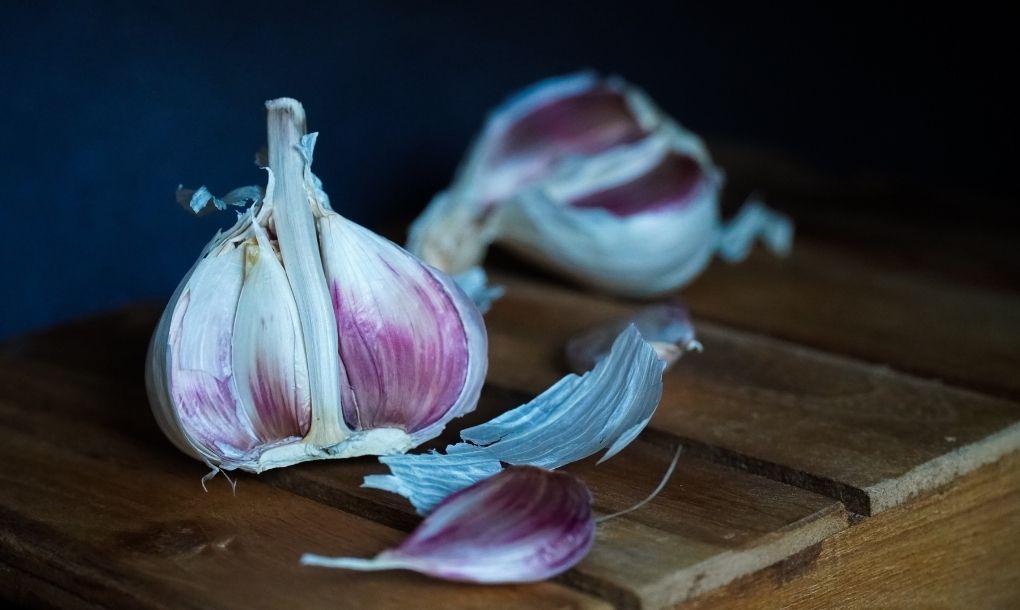Date of the last update: 26.04.2022
Doctors increasingly recommend the use of probiotics and prebiotics but some of us do not really know why they take them. Once they read the product leaflet or ingredient list, they are in for a bit of a shock. How can a doctor prescribe any substance that contains bacteria? It turns out, however, that probiotics and prebiotics have a beneficial effect on the body and can improve its function. What are probiotics and prebiotics and what are their effects?
Table of Contents:
- What are probiotics and prebiotics?
- Health benefits of probiotics
- Products rich in probiotics and prebiotics
- Summary
You can read this article in 4 minutes.
What are probiotics and prebiotics?
Probiotics are living microorganisms that improve the balance of intestinal microflora and (in women) the vaginal flora. Some strains of lactic acid bacteria display probiotic properties. The World Health Organisation (WHO) defines probiotics as living organisms that are beneficial to health when administered in appropriate, strictly defined doses. Probiotics include bacteria of the genus Lactobacillus and Bifidobacterium as well as yeasts Saccharomyces boulardii. They are found in medicines commonly known as probiotics and in fermented dairy products such as yoghurts and kefirs and in pickles such as sauerkraut and pickled cucumbers.
If you are lactose intolerant, avoid dairy products as they can cause you stomach pains. Instead, try fermented dairy products, such as kefir or natural yoghurt, that contain less lactose. They will provide your body with calcium, which may be in short supply due to a milk-free diet.
Each of us has a bacterial microflora, a colony of microorganisms living in their digestive system. The microflora can be disrupted by antibiotics, so, as a precaution, it is important to use probiotics and prebiotics.
Now let’s move to prebiotics. Often confused with probiotics, prebiotics are nutrients stimulating the growth and multiplication of specific bacteria strains found in the digestive system. Some examples of prebiotics are fibre, inulin and lactose, which are often components of probiotics products. The combination of a probiotic and a prebiotic is called a synbiotic. By taking synbiotics, we populate the digestive system with strains of bacteria and at the same time provide the bacteria with food.
Prebiotics are naturally found in:
- onions,
- garlic,
- asparagus,
- green bananas,
- rice,
- buckwheat,
- leeks,
- tomatoes,
- oatmeal.
Health benefits of probiotics
Probiotics are “good” bacteria that provide a number of benefits to the human body. They are typically used during and after antibiotic treatment, but it is also recommended to take them regularly throughout the year as they:
- relieve symptoms of lactose intolerance,
- bring down cholesterol levels,
- protect intestinal microflora during antibiotic treatment,
- boost resistance to infections,
- improve the absorption of vitamins and minerals,
- facilitate the digestive process.
Probiotics also reduce the incidence of atopic dermatitis in infants, alleviate asthma symptoms in children and reduce the incidence of upper respiratory tract diseases. They are also effective in treating acute diarrhoea and antibiotic-induced diarrhoea.
Products rich in probiotics and prebiotics
It is recommended to eat the foods included in the list below:
- Kefir relieves constipation, aids digestion and heartburn as well as boosting your immune system and reducing blood sugar levels. What’s more, kefir alleviates allergies, asthma, flu, acne and high blood pressure.
- Pickles relieve diarrhoea and constipation, help fight food poisoning and alleviate the symptoms of intestinal diseases. In addition, they stimulate weight loss and help fight colds and infections.
- Unripe bananas reduce blood sugar and cholesterol levels, lower the risk of colon cancer and boost mineral absorption.
- Garlic dilates blood vessels, promotes the balance of intestinal bacteria and increases cell sensitivity to insulin. On top of that, garlic is a powerful antioxidant and it contains a strong antifungal, antibacterial and antiviral agent, allicin. It is recommended to combine garlic with milk.
- Honey is beneficial to the circulatory system and it can be used as a mild sleeping aid or sedative. It is also recommended as a sweetener for diabetics.
You may also be interested in: Introduce healthy eating habits
Summary
Probiotics and prebiotics not only balance the intestinal bacteria but also help acidify the intestinal lumen. Don’t forget about them, especially during and after antibiotic treatments, which kill the good bacteria. There is little sense in choosing between probiotics and prebiotics – it is best to take them in combination. When choosing the right probiotic product at the pharmacy, remember that it should contain more than one strain of bacteria. It is recommended to use multistrain probiotics, which increase the diversity of intestinal microflora.
Explore more: What are flavonoids and what is their effect?

